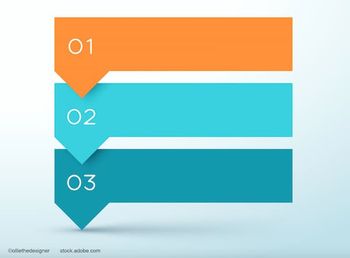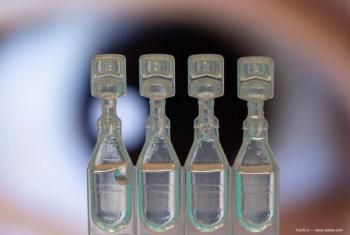
How consecutive CDCR instrumentation makes a difference [VIDEO]
In this video demonstration, Allen M. Putterman, MD indicates how having consecutive instrumentation for conjunctivodacryocystorhinostomy (CDCR) makes a difference.
In this video demonstration, Allen M. Putterman, MD indicates how having consecutive instrumentation for conjunctivodacryocystorhinostomy (CDCR) makes a difference.
Previously, a CDCR osteum was formed and a bypass tube was placed using instruments that were not specific to the procedure. Dr. Putterman used an 18-gauge needle or a spinal needle to form the track, and a Graefe-type knife, Henderson trephine, or scissors to form the osteum. Finally, a Bowman probe was used to measure the medial canthal-nasal septal distance.
In addition, each instrument had to be removed before insertion of the next one, making it difficult to identify the track made by the previous instrument before the next is inserted.
Dr. Putterman designed three new instruments specific to the procedure, i.e., a track needle, trephine to create the osteum, and modified Bowman-type probe with measuring marks.
“This method prevents having to withdraw and re-insert multiple instruments and shortens the procedure time,” he said. “It also avoids the difficulty of finding the track made by one instrument before re-inserting the next instrument.
(Video courtesy of Allen M. Putterman, MD)
For more videos from Ophthalmology Times, subscribe to our
Newsletter
Don’t miss out—get Ophthalmology Times updates on the latest clinical advancements and expert interviews, straight to your inbox.














































.png)


